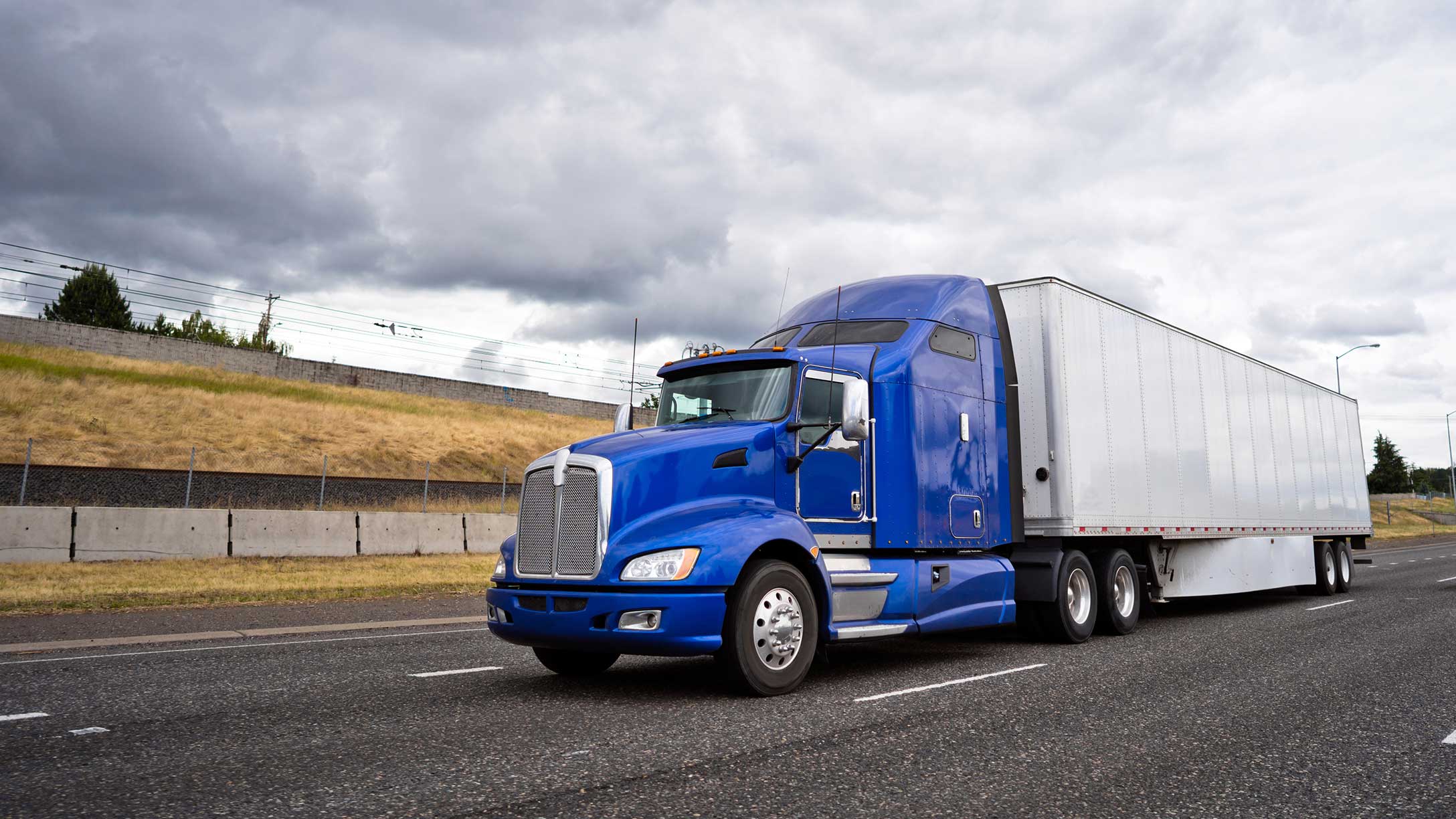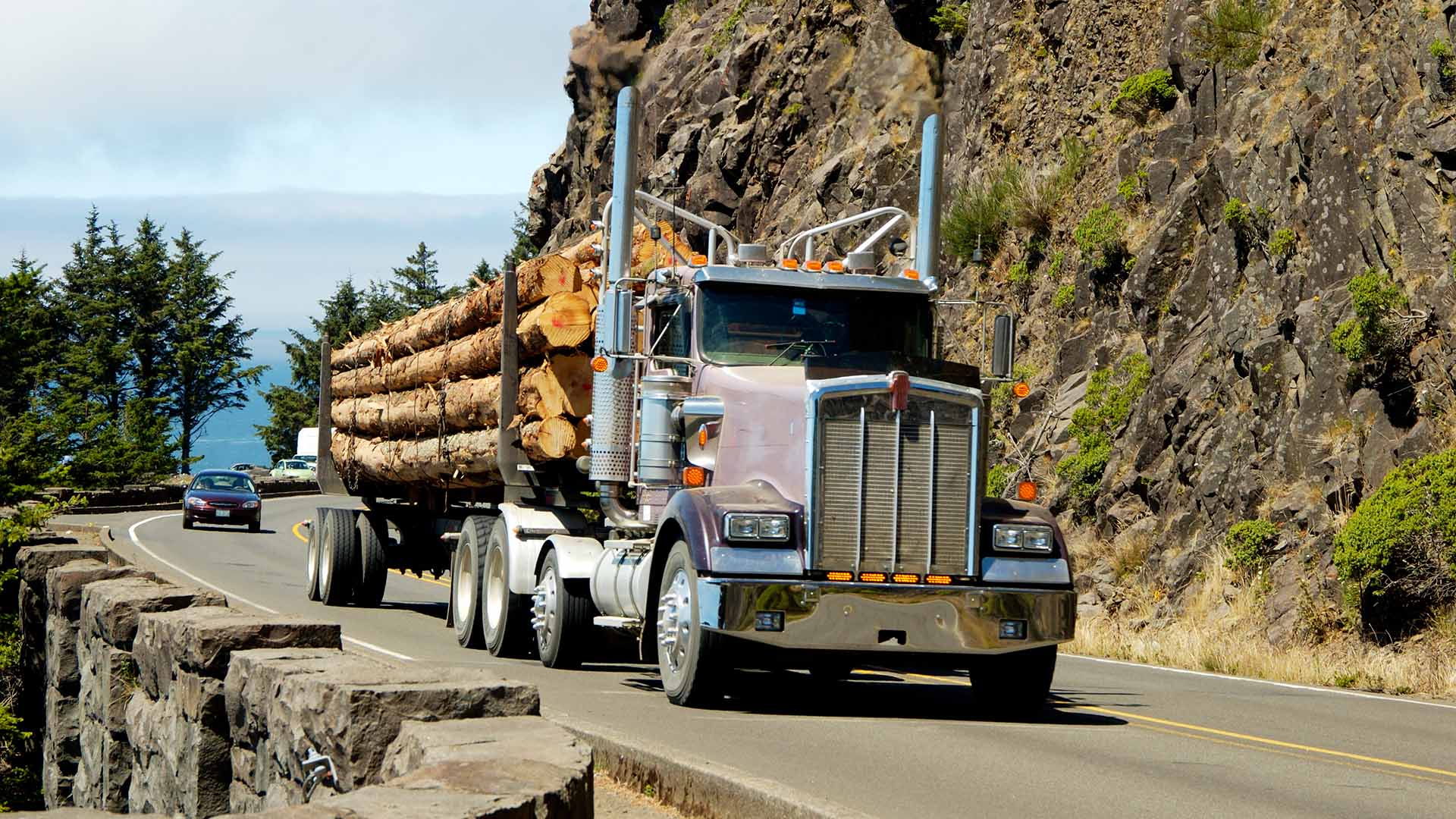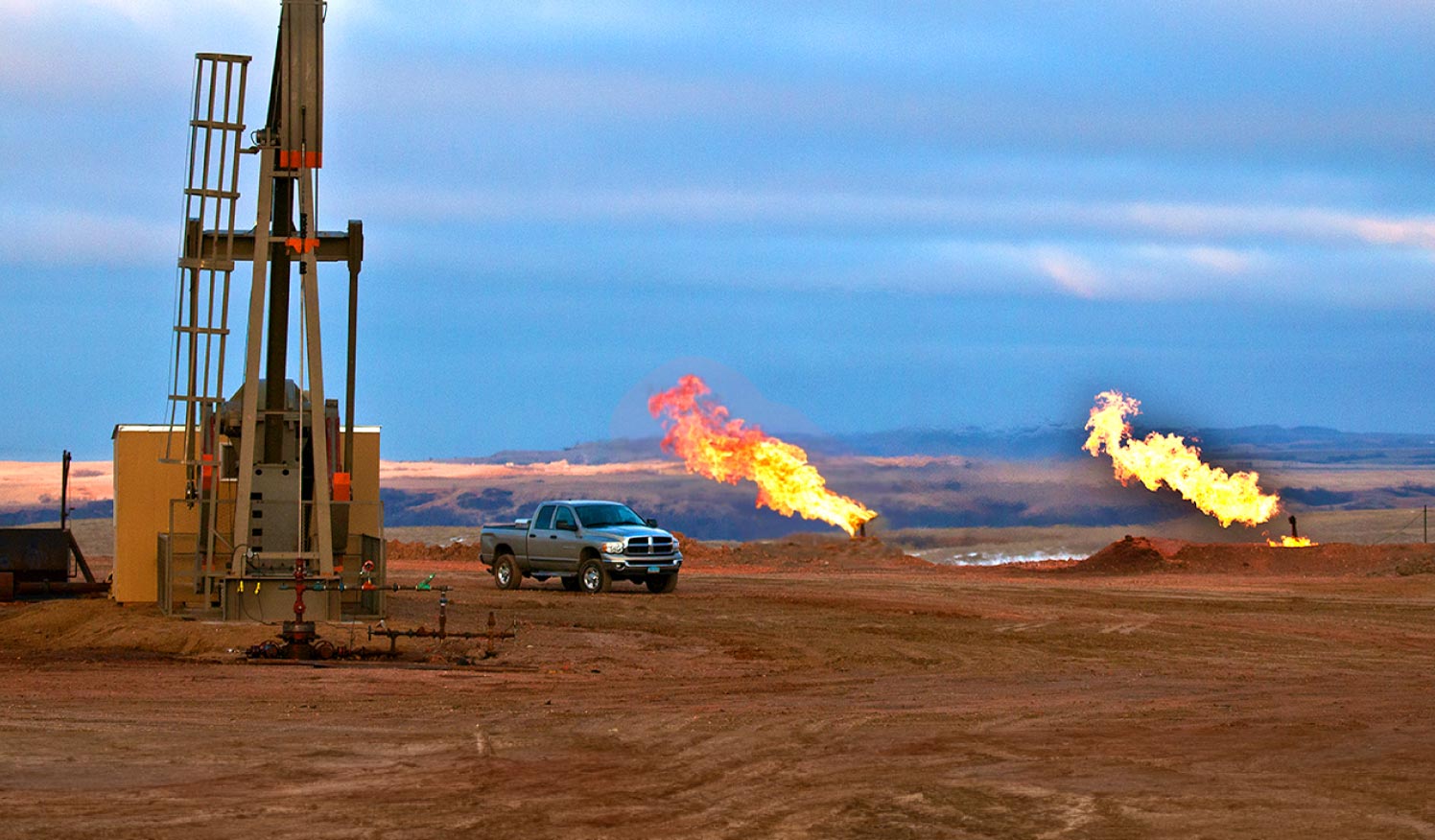How to improve and track your Class 8 fleet's aerodynamic performance
Diesel prices have risen to over $5 per gallon in some places in the U.S. — meaning upwards of a 65% increase. Some fleets are looking at aerodynamic upgrades to improve fuel efficiency. And the good news? Telematics will prove how much you can save.

May 4, 2022
Updated: Jan 16, 2025

Class 8 fleet managers are united in their desire to find operational efficiencies that deliver the greatest return on investment (ROI). With Class 8 trucks being the heaviest of the vehicle fleets and traveling longer distances on average than any other vehicle class, one factor that can have a significant impact on fuel costs is how streamlined – or aerodynamic – tractors and their trailers can be made.
With each new model, original equipment manufacturers (OEMs) are designing their trucks to be more streamlined than the last, and huge improvements have been made recently, in part with the support of U.S. government initiatives such as the SuperTruck program.
However, there are a number of adaptations that fleet managers can make to improve the aerodynamics of their existing vehicles. Many of these are relatively cheap and simple to implement, and the improvements in fuel consumption are instantaneous.
By using telematics data, fleet managers can trial and identify the specific adaptations that will provide the fastest ROI for their unique conditions, resulting in a more fuel-efficient fleet and an improved bottom line.
Aerodynamic drag – what is it, and how does it affect my fleet’s fuel efficiency?
Aerodynamic drag is the air resistance against a vehicle that slows it down and reduces its performance.
When you double the speed a vehicle travels, it will need eight times the engine power to overcome the air resistance, resulting in a rapid usage of fuel at high speeds. For Class 8 vehicles driving with a trailer at highway speeds, aerodynamic drag is the force that consumes the most power.
The drag coefficient is a measure of the amount of drag that a vehicle suffers from. Generally speaking, the lower a vehicle’s drag coefficient, the better its fuel efficiency will be.
By reducing a vehicle’s drag coefficient with the use of aerodynamic features, fleet managers have the opportunity to glean significant fuel and cost savings – especially if they are driving long distances at highway speeds. For the average long-haul truck, air resistance is the cause of around 50% of its fuel consumption. However, these features aren’t necessarily as valuable for regional fleets that average lower speeds.
To assess the real fuel savings that can be achieved by making any aerodynamic adaptations to their trucks, fleet managers should look to trial the changes on an average vehicle with an average duty cycle for their own operations. They can then use their telematics system to track the fuel consumption data over a trial period, comparing this against either:
- The truck’s previous fuel consumption
- The same vehicle types completing similar duty cycles within their own fleet
- Other fleets with similar compositions and duty cycles
How to make your trucks more aerodynamic
There are a number of changes that fleet managers can make to their tractors and trailers to reduce the amount of aerodynamic drag that they suffer from. Effectively, all of these measures work to smooth the airflow around the vehicle, reducing the turbulence that the vehicle creates as it moves through the air.
Simple features such as aerodynamic wheel covers are so cheap to purchase and install that they can offer a return on investment even with their small associated fuel savings.
Meanwhile, fitting drag-reducing boat tail fairings to the rear of the trailer, together with trailer skirts on the lower sides of the trailer can reduce aerodynamic drag by as much as 25%, resulting in about a 13% saving in fuel consumption.
This fuel efficiency improvement can save approximately $5,800 per year, based on an average annual mileage of 62,751 for Class 8 trucks that get 7 miles to the gallon and an average cost of diesel around $5 per gallon in the U.S..
Multiplied across the whole fleet, it’s apparent how much these changes could improve your bottom line as you consider how aerodynamic your fleet could become in the future.
What will a truly aerodynamic future Class 8 truck look like?
Thanks to programs like the initial SuperTruck program, participating OEMs have made huge advancements in Class 8 aerodynamic technology. Meanwhile, other manufacturers are also working on technologies of their own. The Shell Starship 2.0 concept truck has been designed with aerodynamic features including:
- Carbon fiber cab for low aerodynamic drag
- Integrated engine heat extractors on the truck skirt
- Automatic gap sealer for seamless continuity between the truck and trailer
- Full-length side skirts to minimize air movement under the truck and trailer
- Aerodynamic boat tail to streamline airflow around the trailer and reduce drag
According to Shell’s calculations, If every truck in the U.S. could achieve Starship 2.0 levels of efficiency, highway trucking CO2 emissions would be reduced by approximately 71.5%. As well as integrating aerodynamic features, the Starship 2.0 also utilizes hyper-fuel efficient technologies and advanced lubricant technologies to achieve these savings.
How telematics can help you achieve the greatest savings
One of the greatest benefits of telematics is the visibility that it provides into the most pertinent efficiency metrics for driving cost savings. Quite simply, you can’t manage what you don’t measure.
With telematics, you can track the direct effects of aerodynamic adaptations at an individual vehicle level, while also viewing fuel consumption trends across the entire fleet. That means understanding how much fuel you’re using, how much it costs, the effects of each aerodynamic adjustment and how you benchmark against similar fleets.
Benchmarking
In order to measure the effects of any strategies you implement to improve the efficiency of your fleet, you must first have baseline data to compare these improvements against. This comparative practice is known as benchmarking.
Data should ideally be captured over a year to allow for seasonal fluctuations in your transportation volume and demands, as well as other seasonal factors that may affect overall fuel efficiency, such as road and weather conditions and traffic volumes. If a year’s data can’t be captured then it should at least be recorded for a quarter.
Benchmarking helps fleet managers communicate the effectiveness of making any aerodynamic adjustments, quantifying the actual cost savings that these changes will make. Using big data from the IoT, fleet managers can reach out beyond their own operations to compare their performance against other fleets with similar duty cycles, compositions and sustainability objectives. This unlocks the potential to uncover opportunities for even greater efficiency and cost savings.
Fuel management solutions
Fuel management solutions coupled with Geotab data allow fleets to assess optimal vehicle use and monitor fuel economy. These solutions provide fleet managers with insights into the fleet’s cost and environmental performance over time, and can highlight opportunities for improvement.
With these insights, you can track the performance of any aerodynamic improvements you make, and quantify the resulting cost savings. To justify the investment required, fleets can trial aerodynamic technologies on select vehicles in their fleet and compare the results against the rest of the fleet. This can all be done on one simple interface using MyGeotab.
Aerodynamic technologies offer Class 8 fleets the potential to massively reduce their fuel spend. With Geotab, you can test and prove which upgrades are the best for your fleet.
Get detailed information about precise aerodynamic enhancements you can make to your fleet with our practical guide to creating a green fleet policy for Class 8 fleets.
Subscribe to get industry tips and insights

Stephen White is a Heavy Truck Fleet Enterprise Business Manager for Geotab and transportation industry veteran who built his career holding various management positions, including sales, marketing, service, dealer operations and product planning of Class 8 vehicles.
Table of Contents
Subscribe to get industry tips and insights
Related posts

9 strategies to increase fleet fuel efficiency and lower fuel costs
July 8, 2025
4 minute read


Fuel efficiency techniques every truckload carrier should know
May 30, 2025
3 minute read

5 data-driven strategies to optimize your oil and gas fleet
May 29, 2025
2 minute read

